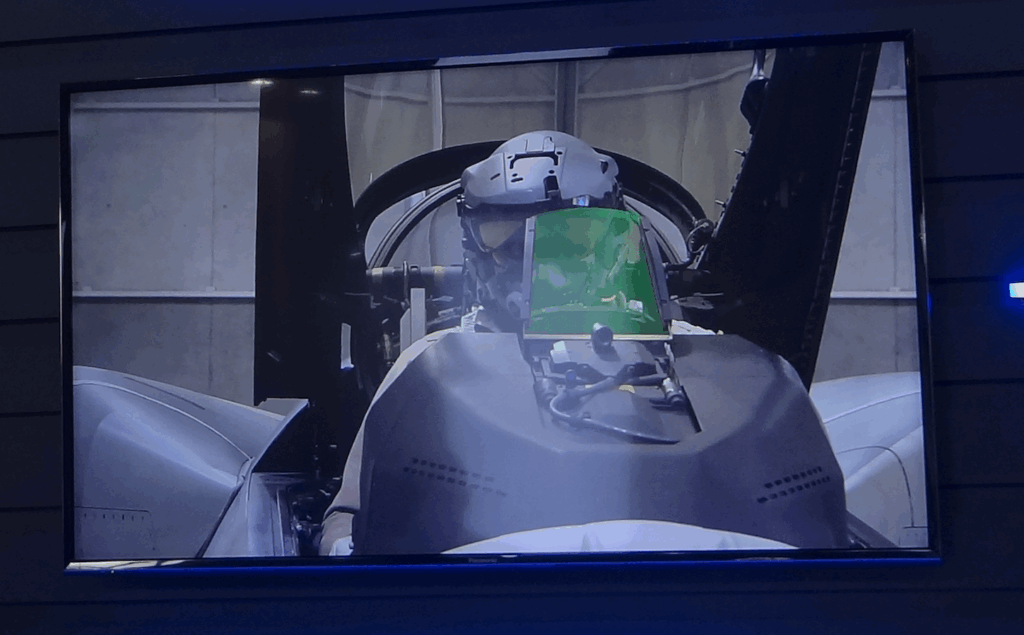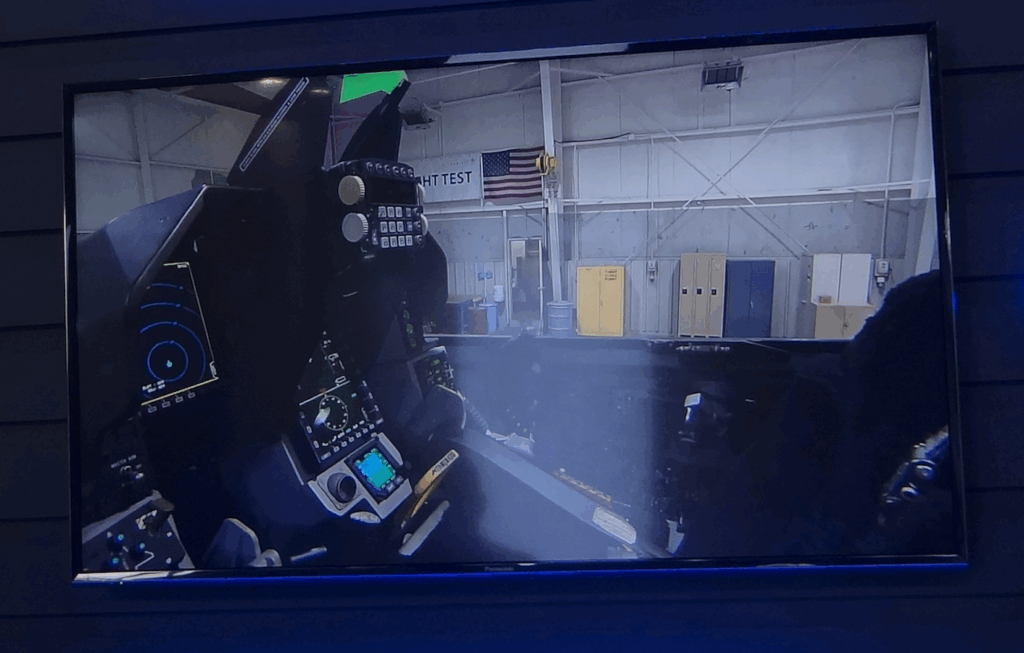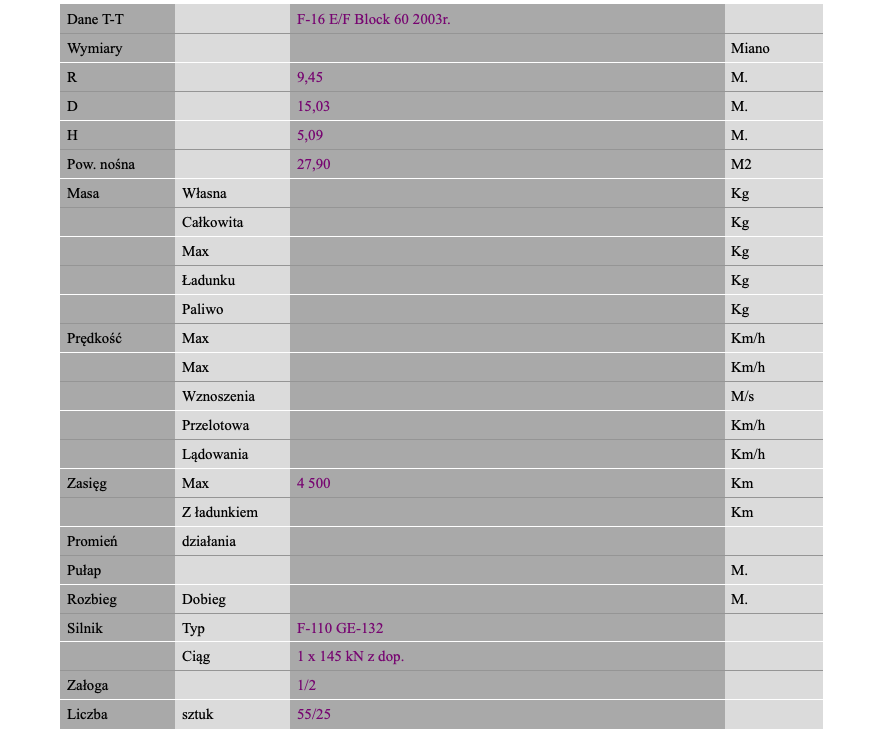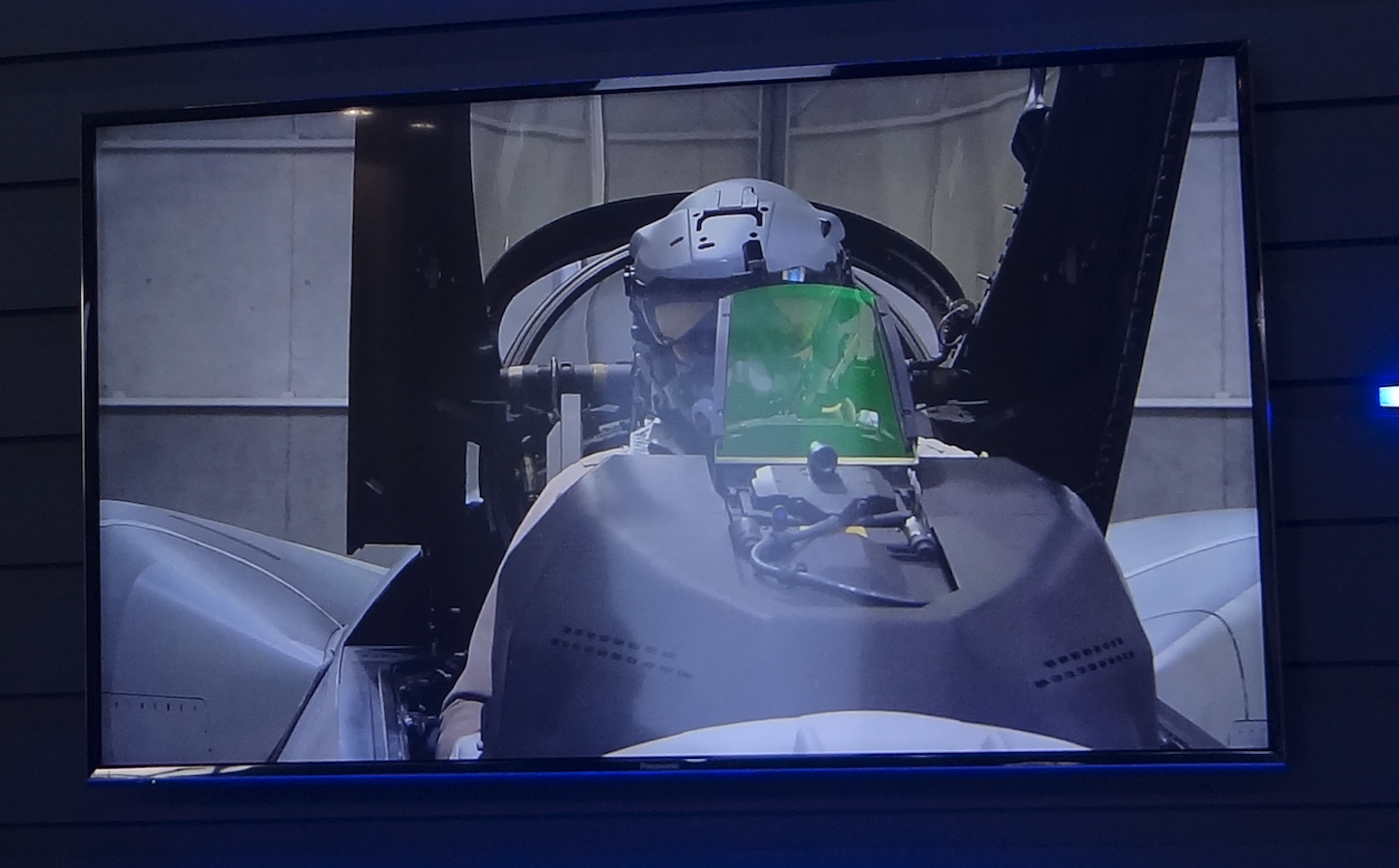Kraków 2005-03-18
Section 2003-12-06. USA / ZEA
Lockheed Martin F-16 E/F Block 60.
The multi-role fighter aircraft for the United Arab Emirates. See the F-16 C/D Block 50/52.
F-16 E/F Block 60 (F-16 C/D Block 60 Desert Falcon) United Arab Emirates. 2003.


The UAE, seeking a modern fighter, launched a competition. The F-16 C/D Block 60 was declared the winner, beating out the Rafale and Eurofighter. The UAE set very high standards for its aircraft, so over time, the aircraft were officially designated F-16 E Block 60 and F-16 F Block 60. These aircraft represent a significant leap forward from the previous F-16 C/D Block 50/52. This variant is a return to the F-16 ES concept. The navigation and targeting system consists of three main components. In addition to all the modern solutions found in the F-16 C/D Block 50, the aircraft is equipped with a more modern Northrop Grumman AN/APG-80 radar station with an active antenna constructed from miniature modules, i.e., the phased-array system known from the MiG-31. Furthermore, vertical and horizontal movement are possible, significantly increasing the observation area. The radar range exceeds 200 km. The beam is freely symmetrical. The station can simultaneously perform search, tracking, and guidance functions. An integral part of the radar station is a thermal imaging camera with a wide field of view. The system ensures precise flight while avoiding terrain obstacles at altitudes of 30-300 m. Simultaneously, a terrain map is created and compared with the data library, thus ensuring 100% updates to the aircraft’s position. The system is independent of whether it operates in an air-to-air (AP) or air-to-ground (AP) configuration.
The second element of the system is the Lockheed Martin Pantera underslung targeting pod, with a range of 50-60 km. Observation is conducted using a 3-5 um thermal imaging camera with a narrow field of view and electronic stabilization. The pod is also equipped with a CCD TV camera, a laser rangefinder and target illuminator, as well as a device for tracking laser-illuminated targets from other sources.
The third element of the system is the data transmission system in the form of a Link 16 terminal and an IDM modem. This transmits not only the tactical situation but also data on specific targets.
A significant change is the use of fiber-optic terminals, which offer approximately 1,000 times greater bandwidth, instead of the traditional MilStd 1553 B data bus. This solution was borrowed from the F-35. This allows the system to operate without delay and tolerate significantly more complex software written in C++, whereas previously, the F-16 C/D Block 50/52 used ADA for the navigation and targeting system and Jovial for the control system. The software initially ran in Standard 0. It was gradually improved to maximize the capabilities of the installed devices, reaching Standard 4 in 2008.
A third, central color display was added to the cockpit. All monitors measure 125 x 178 mm. The head-up display has a wide-angle 25-degree x 25-degree view. Traditional analog instruments, even those used for emergency purposes, have been completely eliminated from the cockpit.
The WRe system has been significantly expanded. It consists of a radar detection and analysis system operating in a very wide frequency band, an infrared missile warning system, a set of built-in jammers, large-caliber flare and dipole launchers (double the number of them compared to the Block 50), and a towed radar trap.
The information does not mention the aircraft’s limited detectability. However, the use of a low-propable-of-intercept radar station indicates that such measures were taken. The aircraft’s surface was likely coated with RAM-type radiation-absorbing materials, which are approved for export by the US and therefore not state-of-the-art.
It was powered by the most modern F-110-GE-132 engine with 1 x 145.0 kN of afterburning thrust. External conformal fuel tanks with a capacity of 1,700 liters can be installed, increasing the range to over 4,500 km.
The airframe structure has also been modernized. The fuselage frames and wing spars have been thickened and reinforced, as has the skin. New duralumin alloys and a greater use of composites have been used. The maximum takeoff weight is 23,130 kg (22,700 kg). A braking parachute has been installed.
The aircraft was commissioned by the United Arab Emirates. The initial contract was signed in 1998. The final agreement was signed in March 2002, covering 80 F-16 Block 60 “Desert Falcon” aircraft. Deliveries were completed between 2004 and 2006, encompassing 55 F-16C Block 60 aircraft and 25 F-16D Block 60 aircraft. The aircraft was also designated F-16 U, while the operator designated it F-16 E and F-16 F.
The first F-16 Block 60 prototype, built as a two-seat version of the F-16F Block 60, first flew on December 6, 2003. The first aircraft were delivered in April 2004 to Tucson Air Force Base, Arizona, where training for Arab personnel was organized. Avionics equipment testing continued simultaneously. Globally, only the UAE has received F-16 Block 60 aircraft.

Written by Karol Placha Hetman

